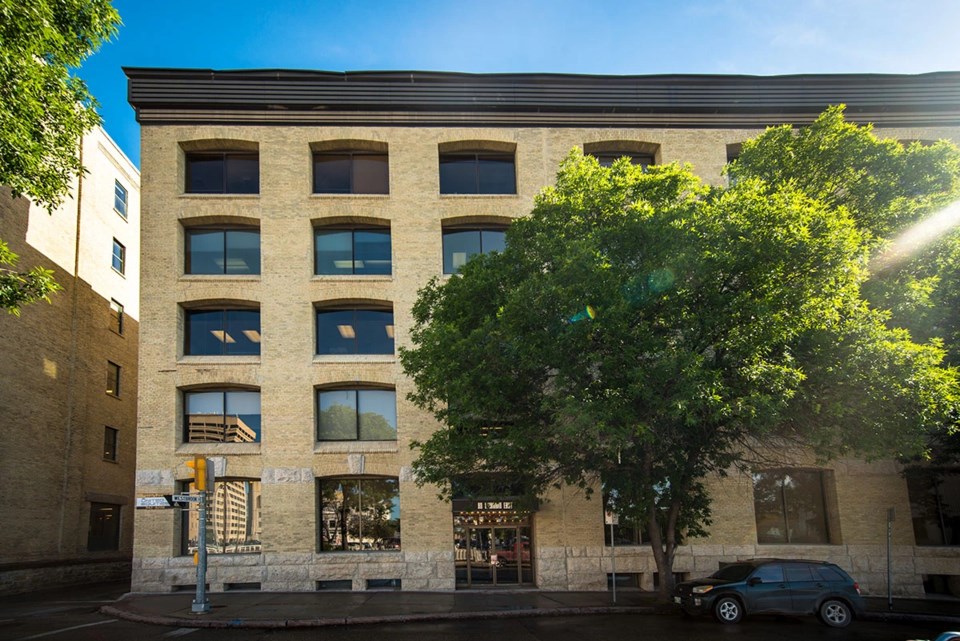Stubbornly high vacancies in Prairie office markets reflect the challenges being seen in cities across the country, with the added challenge of being smaller markets less likely to attract large users.
Colliers data released today for the third quarter reported double-digit office vacancies of 13.9 per cent in Winnipeg, 15.7 per cent in Regina and 19.5 per cent in Edmonton. Calgary led the country in terms of office vacancies, with 26.7 per cent of space up for grabs.
Calgary’s office surplus is the epitome of what amounts to a generational shift in demand. Accelerated by pandemic-related office closures, the situation became so dire that the city introduced incentives in 2021 to convert older, vacant office space to housing and other uses more in line with market demand.
It’s not alone, with several cities seeing it as the way out of what’s emerging as a key issue in markets across North America.
Cushman & Wakefield has estimated that older, less efficient space could make up as much as a quarter of the U.S. office market by 2030. In Canada, lower-tier space makes up 42 per cent of the market and 19 per cent is vacant.
But conversion isn’t the only option.
Research by commercial brokerage JLL released in August indicates that 41 per cent of companies are seeking flex space to meet their needs. In response, up to 30 per cent of all commercial real estate will be flexible workspace by 2030.
Also known as co-working or shared space, flex space is the new reality of companies grappling with hybrid work arrangements and a workforce that benefits from being in the office but can just as easily work from a distance.
With amenities that elevate the office experience, flex space allows employees to work where they’re at with all the perks – sometimes more – of a downtown office. Meanwhile, employers reduce the capital cost associated with long-term leases and tenant improvements.
The abundance of vacant space on the Prairies is now creating opportunities for flex space to meet workers where they’re at, often secondary markets where housing is more affordable.
This week, workspace provider IWG plc announced deals for four new HQ-branded work spaces in Edmonton, Regina and Winnipeg. All will open in early 2024.
The largest of the four venues is at the Park Plaza Building in Edmonton, just outside the downtown core. It will offer 15,713 square feet, with freelancers, small businesses and large corporations the intended market.
It’s as large as two locations planned for Regina, the largest being at 335 Hoffer Drive, with 9,296 square feet, while 2125 11th Avenue will total 6,727 square feet.
The fourth location, at 93 Lombard Avenue in the heart of Winnipeg’s Exchange District, features brick-and-beam architecture framing 5,500 square feet with all the amenities of a modern building.
While the leases make a small dent in the surplus each market faces – total vacancies in Winnipeg, for example, exceed 1.6 million square feet – they’re among the options landlords are choosing to fill space.
“With IWG, partners are able to capitalize on the fast-growing sector while being supported by IWG’s unparalleled experience,” IWG said in announcing the new locations.
The past year has seen IWG shift to a “managed space” model that partners with landlords to create workspaces, offering design and fit-out support, sales and marketing capabilities that help attract tenants.
Colliers, for its part, reports that smaller office buildings are seeing the strongest demand in Winnipeg despite the slower market.
“Office buildings 10,000 square feet and below are still in high demand for acquisition despite interest rates remaining elevated and certain values fluctuating,” it reported.
The appetite among investors is a sign that Prairie office markets aren’t dead, but demand is shifting to reflect reduced, more nuanced demand.



